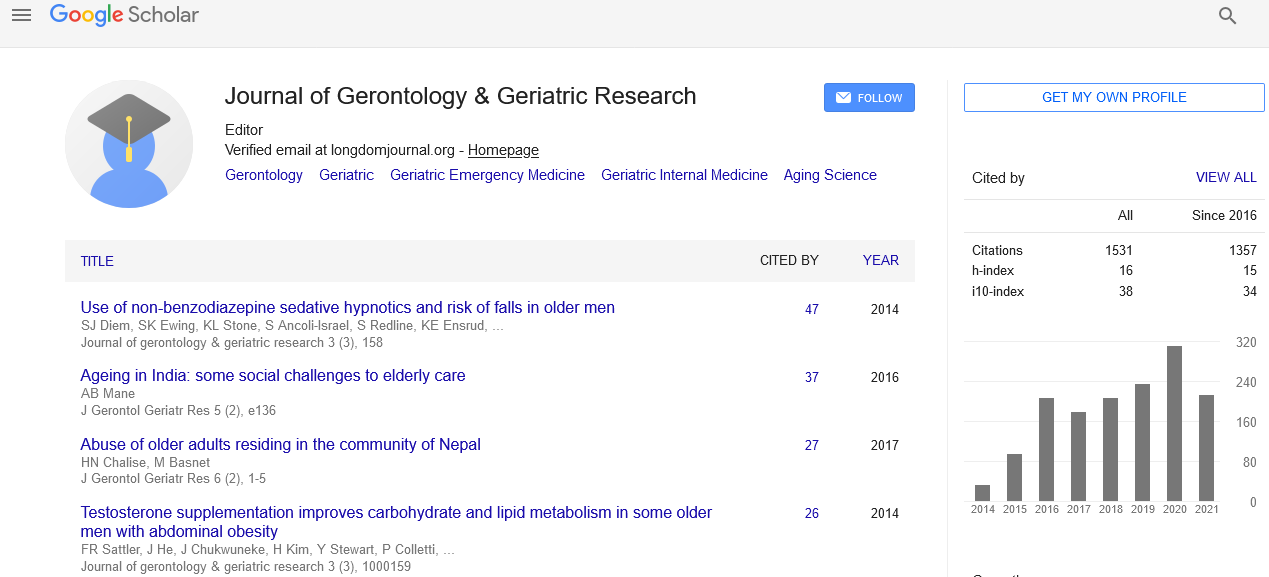PMC/PubMed Indexed Articles
Indexed In
- Open J Gate
- Genamics JournalSeek
- SafetyLit
- RefSeek
- Hamdard University
- EBSCO A-Z
- OCLC- WorldCat
- Publons
- Geneva Foundation for Medical Education and Research
- Euro Pub
- Google Scholar
Useful Links
Share This Page
Journal Flyer

Open Access Journals
- Agri and Aquaculture
- Biochemistry
- Bioinformatics & Systems Biology
- Business & Management
- Chemistry
- Clinical Sciences
- Engineering
- Food & Nutrition
- General Science
- Genetics & Molecular Biology
- Immunology & Microbiology
- Medical Sciences
- Neuroscience & Psychology
- Nursing & Health Care
- Pharmaceutical Sciences
Abstract
Computer Use by Older Adults: A Review of the Literature
Background: Patient engagement standards promoted by the US government’s EHR Incentive Program promote patient interaction with the healthcare system using health information technology (HIT) such as patient portals and secure messaging, yet older adults may be ill equipped to participate in this way. This integrative literature review sought to identify research on the use of HIT by older adults and to examine the state of the science in this area.
Methods: 14 studies published in peer-reviewed, English-language journals between 2007 and 2013, focusing on the computer/internet usage patterns of US adults aged >65 were included when they included a measurement of the participant’s health literacy. Articles were read and examined multiple times using matrixes and data displays to enhance analysis. A level of knowledge label and a determination of congruence were applied to each study to assess the quality of studies and state of the science in this area.
Results: A variety of designs were used (1 experimental, 1 quasi-experimental, 1 qualitative, 11 nonexperimental) in various community settings. Health literacy was defined in a variety of ways with multiple instruments. Computer/internet users are younger, healthier, and more educated than non-users. Only half of adults >65 and less than 34% of users >75 used the computer. Non-Hispanic Whites were more likely than any other ethnic/racial group to use HIT. Use is enhanced with social support and reduced by limitations in computer skills, health literacy, physical condition, and cognition. Older adults used the computer/internet primarily to send emails. Interventions promoting HIT to improve health outcomes have low rates of use. The state of the science remains at a descriptive exploratory level.
Conclusion: Older adults are less likely than other age cohorts to access the internet for health information despite the fact that they bear the greatest burden of chronic disease and limited health literacy. There are significant gaps in our knowledge regarding HIT use in this population, making the success of national programs aimed at engaging patients through its use questionable.


